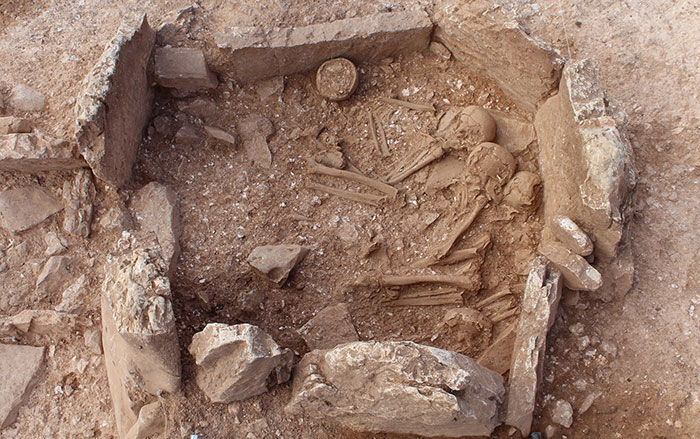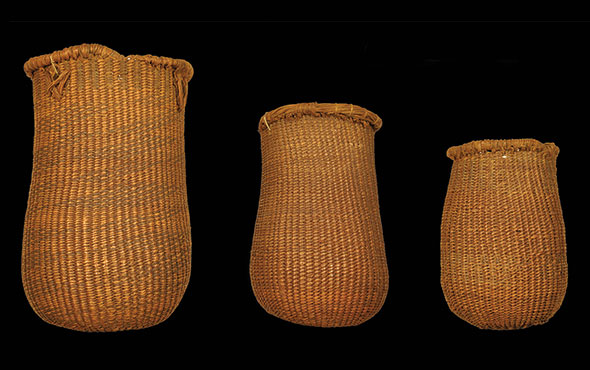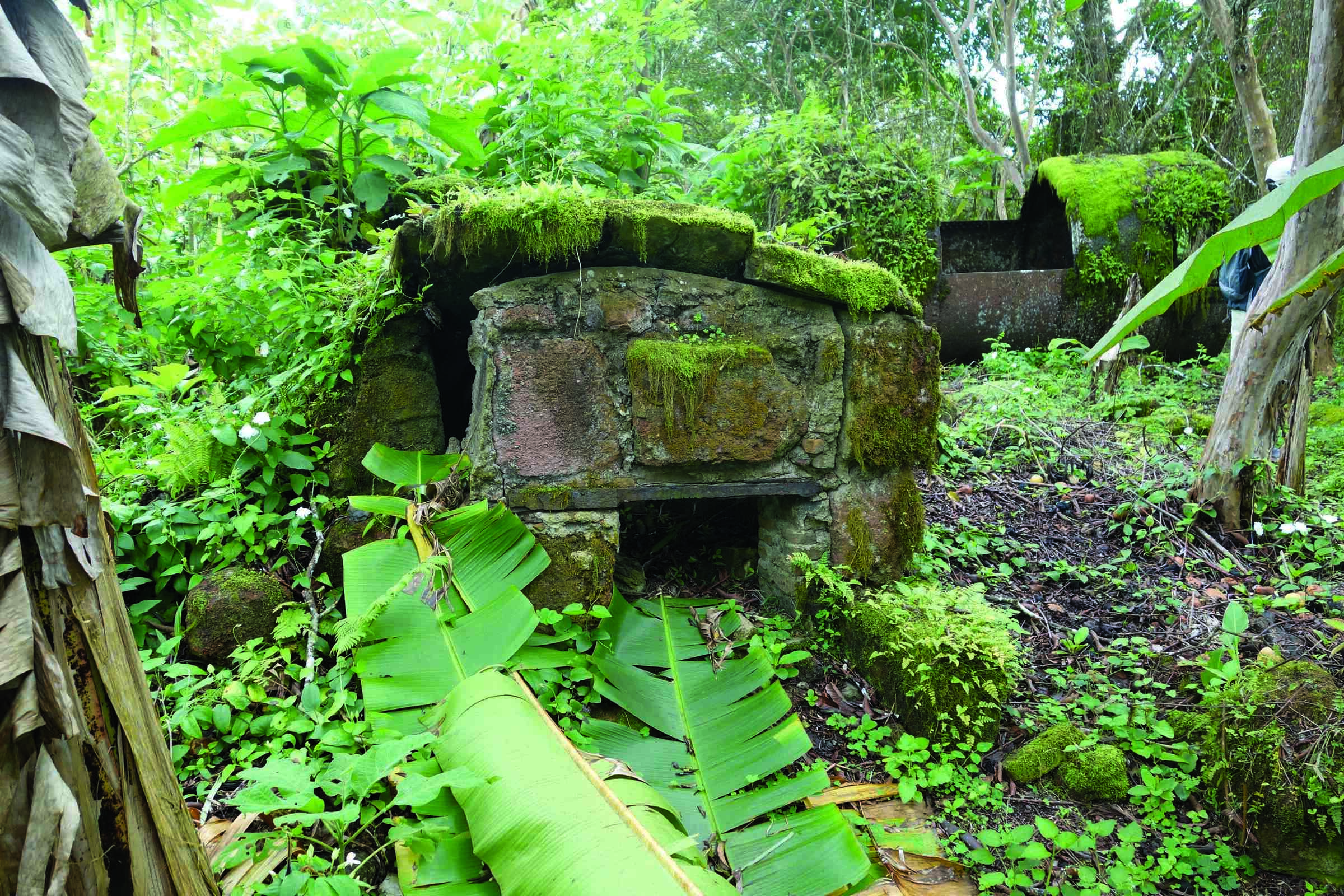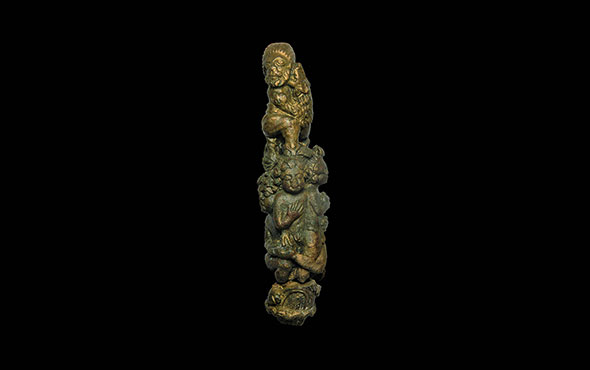SANTANDER, SPAIN—According to a Phys.org report, up to a quarter of all of the ancient handprints on cave walls in Spain may have been made with children’s hands. Verónica Fernández-Navarro and Diego Garate of the University of Cantabria and Edgard Camarós of the University of Cambridge analyzed handprints in five caves in Spain, and determined that most of them were probably made by blowing pigment through a hollow bone or reed over a hand used as a stencil. The researchers were able to reproduce the slightly 3-D effect they observed in the ancient handprints by keeping the hand stencil a little distance from the wall while applying the pigment. This technique, however, creates a handprint slightly larger than the stencil. Careful measurements of the ancient prints indicate that many of the hands likely belonged to children, including infants and toddlers. Creating cave art may therefore have been a group activity, the researchers concluded. Read the original scholarly article about this research in the Journal of Archaeological Science. To read about rock art made by young children in Tibet between 226,000 and 169,000 years ago, go to "World's First Artists," one of ARCHAEOLOGY's Top 10 Discoveries of 2021.
Children’s Hands Included in Spain’s Cave Art
News March 20, 2022
Recommended Articles
Digs & Discoveries January/February 2026
Full Nesters

Digs & Discoveries March/April 2025
Iberian Gender Imbalance

Digs & Discoveries September/October 2024
A Nightcap for the Ages

Artifacts March/April 2024
Mesolithic Baskets

-
Features January/February 2022
At Face Value
Researchers are using new scientific methods to investigate how artists in Roman Egypt customized portraits for the dead
 (© The Trustees of the British Museum)
(© The Trustees of the British Museum) -
Letter from the Galapagos Islands January/February 2022
Transforming the Enchanted Isles
Archaeologists uncover the remote archipelago’s forgotten human history
 (Courtesy Historical Ecology of the Galapagos Islands Project)
(Courtesy Historical Ecology of the Galapagos Islands Project) -
Artifacts January/February 2022
Roman Key Handle
 (University of Leicester Archaeological Services)
(University of Leicester Archaeological Services) -
Digs & Discoveries January/February 2022
The Roots of Violence
 (Courtesy of the Wendorf Archives of the British Museum)
(Courtesy of the Wendorf Archives of the British Museum)


